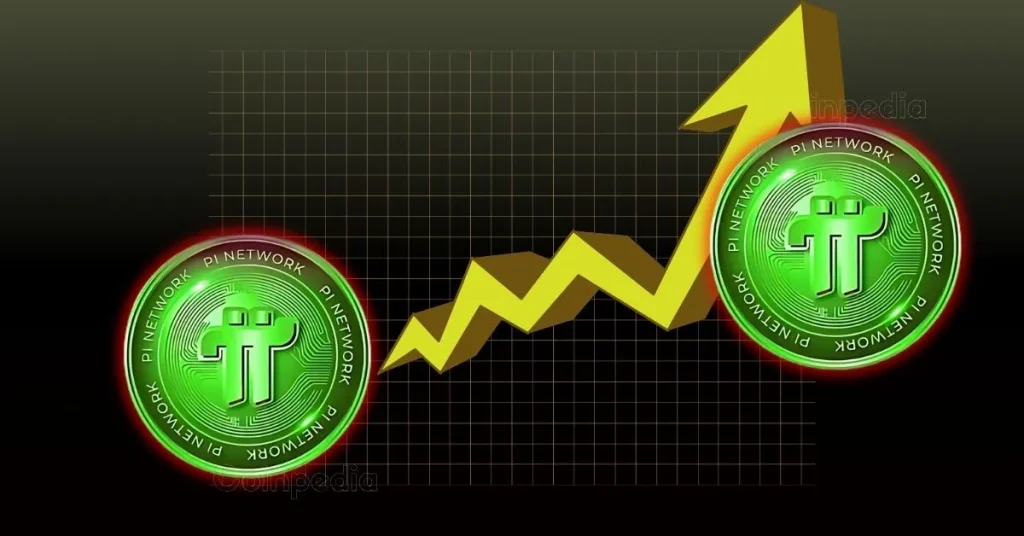
The post Pi Network: Why Dr Altcoin Strongly Believes in Its Future – Key Reason Behind It appeared first on Coinpedia Fintech News
While many people are still trying to figure out the next big thing in crypto, well-known analyst Dr Altcoin has made it clear, he’s fully committed to the Pi Network. In a recent post, he shared why he is so passionate about the project, why he fully supports it, and why he remains committed to its future. And looking at the points he shared, it’s hard not to get excited too.
Mobile Mining and Global Adoption
One major reason Dr Altcoin supports Pi Network is its easy mining process. Users can mine Pi directly from their smartphones without using extra energy. Thanks to this innovation, Pi has grown to over 70 million users across more than 200 countries.
It has helped millions of first-time users enter the crypto world, pushing mass adoption to a new level.
A Strong and Eco-Friendly Blockchain
Dr Altcoin also praised Pi’s eco-friendly blockchain, which uses the Stellar Consensus Protocol. It can handle about 200 transactions per second while using very little energy compared to Bitcoin.
Plus, every user and business is fully verified through KYC and KYB checks, creating a safer space for transactions.
Low Energy Usage
Energy consumption is a big problem in crypto, but Pi Network shines here. Bitcoin mining uses as much electricity as an entire country. In comparison, Pi’s 200,000 active nodes use far less power, making it a greener and more sustainable option.
Fast Transactions and High Security
The Pi blockchain allows for fast transactions with very low gas fees. Plus, the Pi Wallet is protected by a 24-word passphrase, making it almost impossible to hack. Every user holds their non-custodial wallet, which adds another strong layer of security.
Growing Pi Ecosystem
With over 100 decentralized apps (DApps) already using Pi for transactions, the dream of a real, peer-to-peer digital currency is coming to life.
With Pi currently trading at a very low price, he believes it’s the perfect time for long-term investors to accumulate. Big upcoming events, like the Consensus 2025 Summit, could bring even more attention to the project.
Golden Opportunity for Investors
Currently, Pi Coin is sitting at its lowest price ever, and Dr Altcoin sees this as a golden opportunity for investors to stock up. As of now, Pi is trading around $0.645, staying firm above a rising support line that has been holding strong since early April.
If buyers step in with more energy, Pi could soon break past $0.825, and possibly even reach as high as $1.30.





 (@AaronTeng)
(@AaronTeng) 